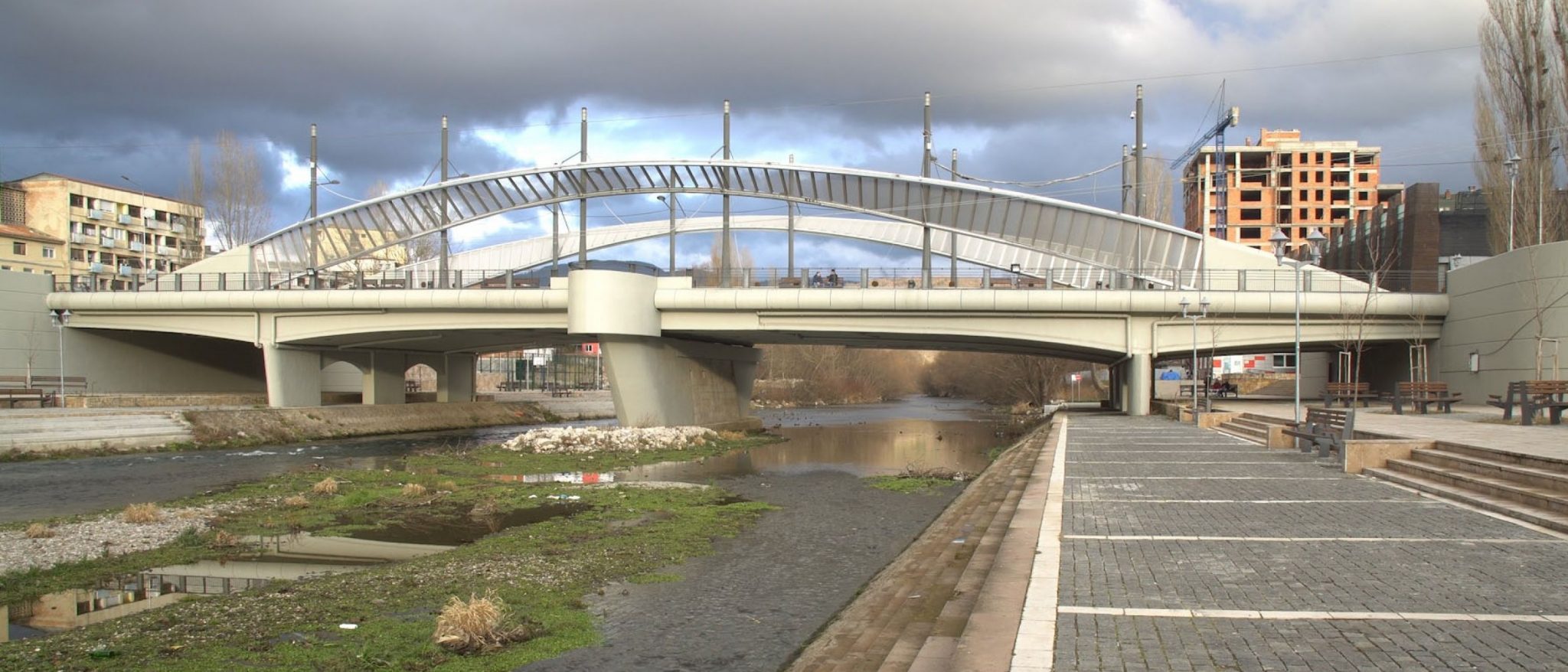

Source: ISPI
The dispute between Serbia and Kosovo is overthe recognition of the latter’s statehoodwithin the borders of what used to be the Autonomous Province of Kosovo in the Republic of Serbia, and since 2008 is the state of Kosovo following self-proclaimed independence. Analysis of the crisis can be broken down into several analytical angles. A historical perspective is closely tied to the Battle of Kosovo (1389), which is particularly important to Serbian history, tradition and national identity. A political perspective is linked todeclining democracy and a captured state, particularly in Serbia where the ruling Serbian Progressive Party (SNS) and president Aleksandar Vucic carefully manipulate the tensions surrounding Kosovo’s claim for independence todivert citizens’ attentionfrom downward social and political spirals and to strengthen their grip on power.
Thetotal breakdown of the dialoguewas solidified by Kosovo imposing 100% import tariffson products from Serbia and Bosnia and Herzegovina under the leadership of (now former) Kosovo prime minister Ramush Haradinaj, in November 2018. He continuously rejected normalisation of relations with Serbia without its recognition of the country’s independence. Many faces of the crisis all merge into a single outcome – destabilisation of the region and key obstacles to EU accession, which are the final analytical angle. Thefinal setbackfor the region was a rejection of opening the negotiations with Albania and North Macedonia in October 2019, for which France was seen as the main culprit, but the politics behind the decision are muchmore complex.
This complexity behind the Belgrade-Pristina stalemate has to be grasped, interpreted and recognized by any external mediator who wishes to promote the normalization of relations between Pristina and Belgrade. In short, the crisis means different things to the different people and parties involved in it and this combination has been creatingpowerful centrifugal forces for many years and tends to be unkind to newcomers.
The European Commission (EC) has been steering the process with mixed success. High Representative of the EU for Foreign Affairs Federica Mogherini left her post in 2019without palpable successin improving relations between Belgrade and Pristina or even steering the two parties towards the full implementation of the Brussels Agreement, which was brokered and signed under the auspices of her predecessor Catharine Ashton in 2013. The new EC led by Ursula von der Layen took over on 1 December 2019, with the EU Foreign Affairs and Security Policy portfolio going to senior Spanish diplomat Joseph Borell. So far, he has promisedan energetic approach and enthusiasm for re-starting the dialogue, but without a clear strategy or a plausible roadmap. Spain is one of the five EU member states that still doesn’t recognise Kosovo, which is a sensitive diplomatic problem that he will need to navigate carefully.
What else is new and old? Except for the new Commission, there is also a new, soon to be, Kosovo government. National snap elections were held in October 2019. Vetëvendosje (LVV) was a clear winner, but fell short of winning an outright majority and had to form a coalition with the Democratic League of Kosovo. LVV’s leader and a probable incoming prime minister, Albin Kurti, has his own take on the future of “normalization” with Serbia and would like to seethe dialogue taken out of the hands of the two presidents. He seems to be in favour ofre-launching the stalled EU-led dialoguein a way that will involve him in negotiations, but isnot in favour of rushed solutionsand also doesn’t appear to have a clear strategy. This will not be easy to achieve, given that Serbian prime minister Ana Brnabic was always transparent about the fact that normalization of relations with Kosovo is not in her portfolio, but that of the Serbian president’s.
Old, and solid, is Ahtisari’s plan from 2007, whose Article 1 recommends that Kosovo should remain a multi-ethnic society, governed democratically and with full respect for the rule of law, and the same claim can be made for Serbia. The exercise of public authority should recognize all citizens equally and be conducted in accordance with the highest respect for international human rights and fundamental freedoms for all persons in Kosovo. The often-forgotten aspect of the Brussels Agreement is thatBelgrade conceded that Pristina would have legal authority over the whole territory of Kosovo, thus recognising the territory itself within the borders that existed in 2013. It remains partially implemented while the EU, its signatory and a guarantor, has attempted to search forsomething differentthat may be more acceptable to both parties.
There are many unknowns in the future Belgrade-Pristina path. The EC approach focused on dialogue exclusively with a limited circle of political actors, who tend to lack genuine consideration for the wishes of the citizens they are supposed to be representing in this dialogue (and their elected positions). The term normalization of relations between Belgrade and Pristinaremains vague and thus largely problematic, and the new team lead by Mr Borell should condone a better one to accompany a potentially refreshed approach. It has to be a legally binding normalisation agreement as defined in the 2018EU Strategy for the Western Balkans.
For Kosovo,the endgame is recognition by Serbia. However, given the current political climate in Kosovo the expectation of smooth sailing in the international arena once Serbia recognizes its sovereignty is somewhat overstretched, given the complex state of play regarding geopolitical influence in the Balkans. For Serbia the endgame is less clear, except for its full EU membership aspiration. But the tentative date, 2025, is stilltoo far off to be used as leverage in the dialogue, combined with perpetual EU enlargement fatigue.
The only way forward isto avoid potential pitfallsin the EU accession process for the Belgrade – Pristina dialogue; to acknowledge its complex nature; and to map a pathway together, jointly between the EU, the political leadership of the two countries and a broader base of actors with equally important roles. Such an approach has the potential to unfreeze the dialogue and carry it into a more productive place.